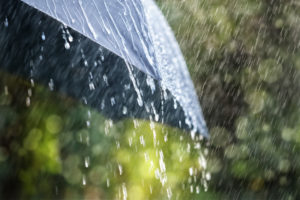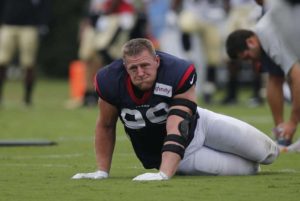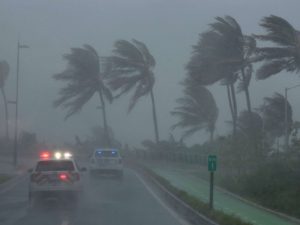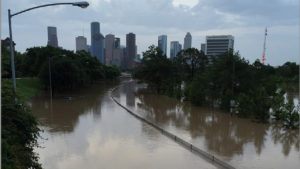A relocation might be approaching more quickly than my wife and I thought. More on that at a later date.
As we prepare to detach ourselves eventually from the Texas Panhandle and relocate to the Metroplex region of North Texas, I am facing a bit of a quandary: how to transition from commenting on local matters that pertain to the Panhandle to our new surroundings.
High Plains Blogger will retain its title even after we relocate. I have made that “command decision.” I like the name. I’m comfortable with it. The blog title does pay a sort of tribute to one of my favorite actors, Clint Eastwood.
It comments heavily on national political matters. I also like commenting on local issues. Even though my wife and I departed the Golden Triangle more than two decades ago, I am even prone to offering a word or two about life in our former digs. along the Gulf Coast of Texas.
Our time in the Panhandle, though, is more than double than what we spent in what I affectionately call The Swamp. Thus, I likely will continue to keep an eye on goings-on in Amarillo and the Panhandle even after we depart for points southeast of here.
I do intend to familiarize myself with issues unique to the area north of Dallas where we’ll end up. I cannot pretend to know all the nuances that go into every issue. Heck, I am quite willing to acknowledge that I don’t know all there is to know about everything that happens in a community I called home for more than 23 years.
But … my Panhandle knowledge base is a good bit more informed than it will be when we relocate to the Dallas ‘burbs.
Oh well. It might be that I’ll refocus my attention on matters relating to national politics, government, public policy and, oh yes, a bit of life experience thrown in from time to time.
Heaven knows the president is keeping my quiver full of arrows.








